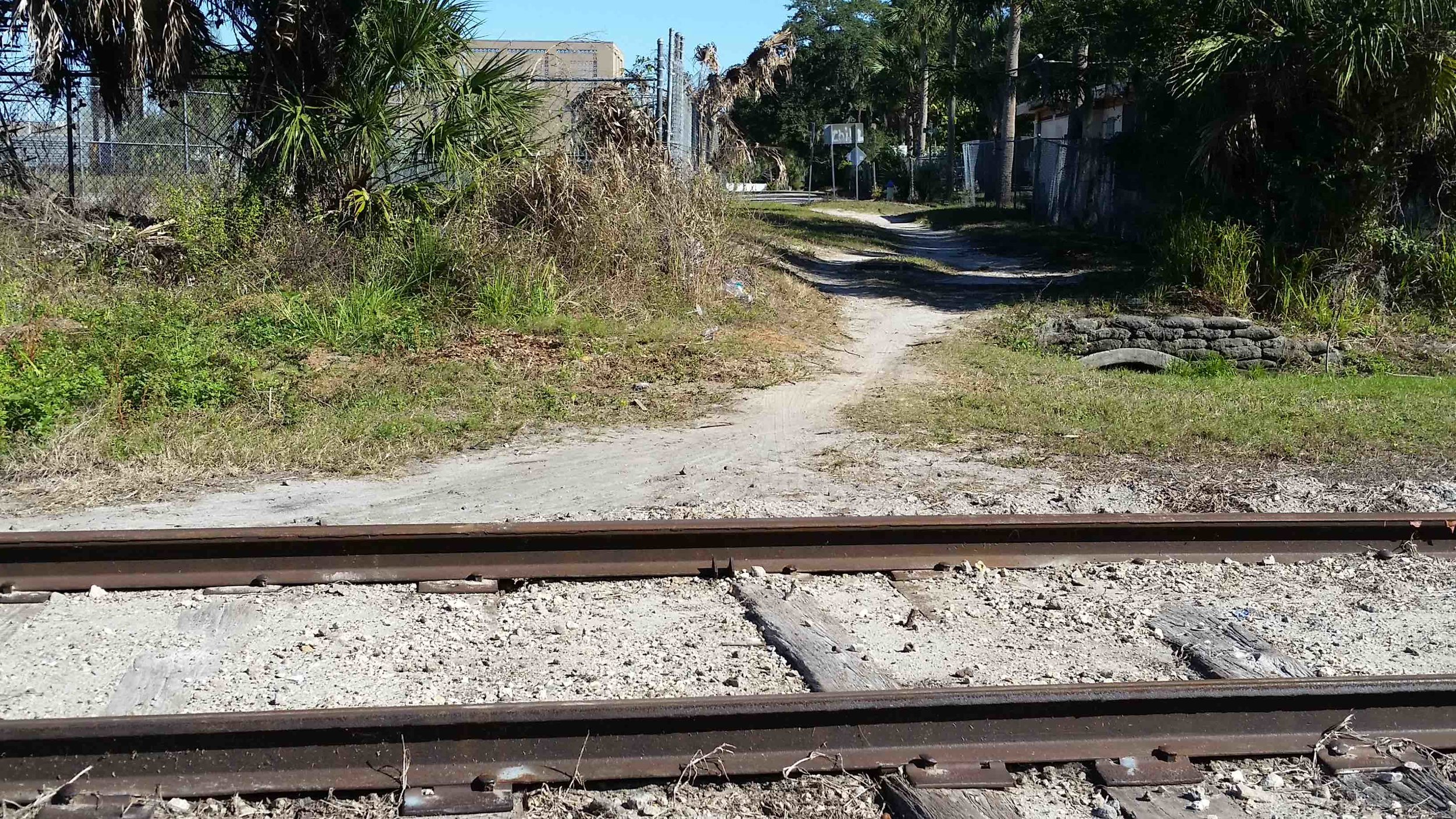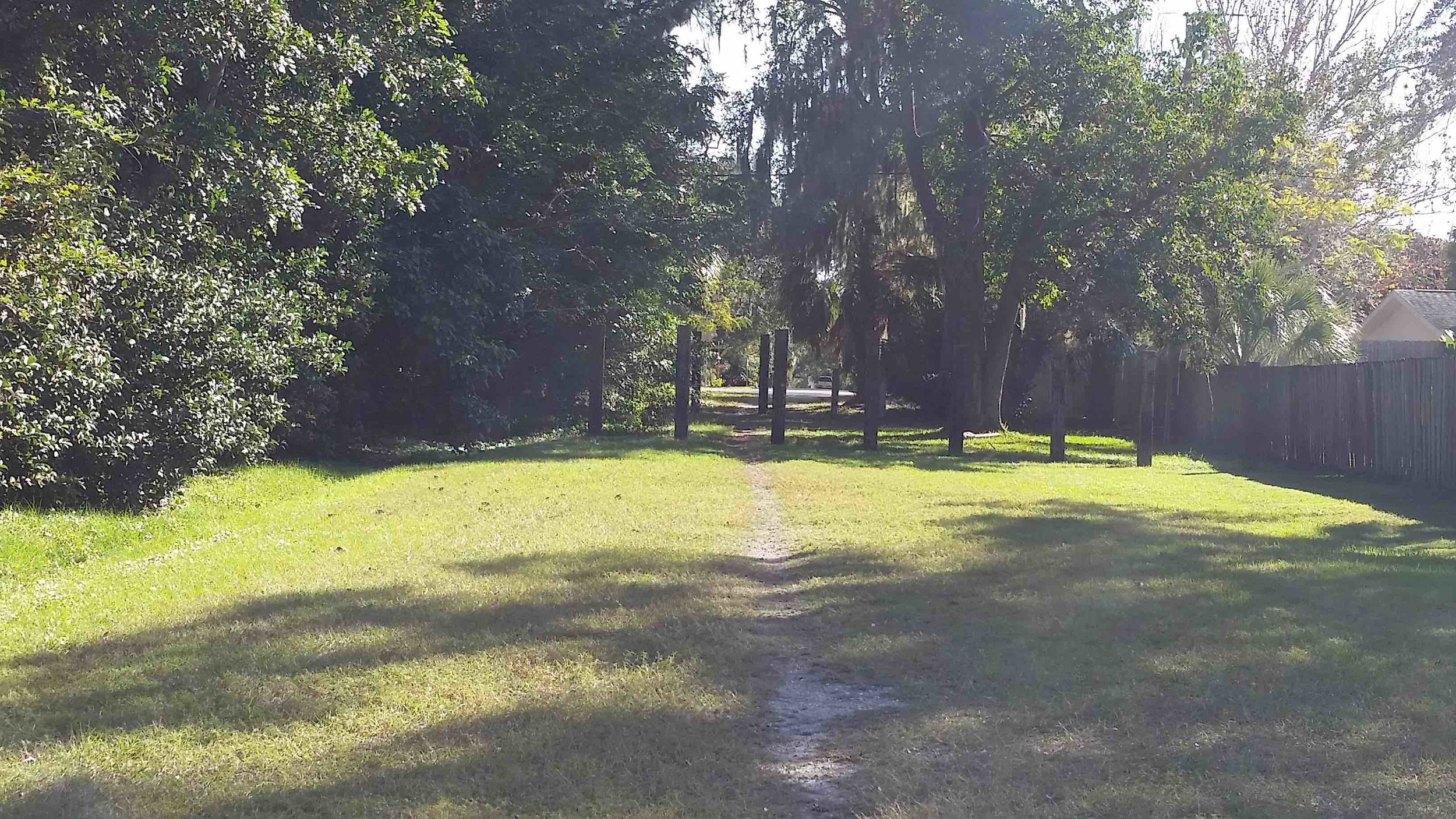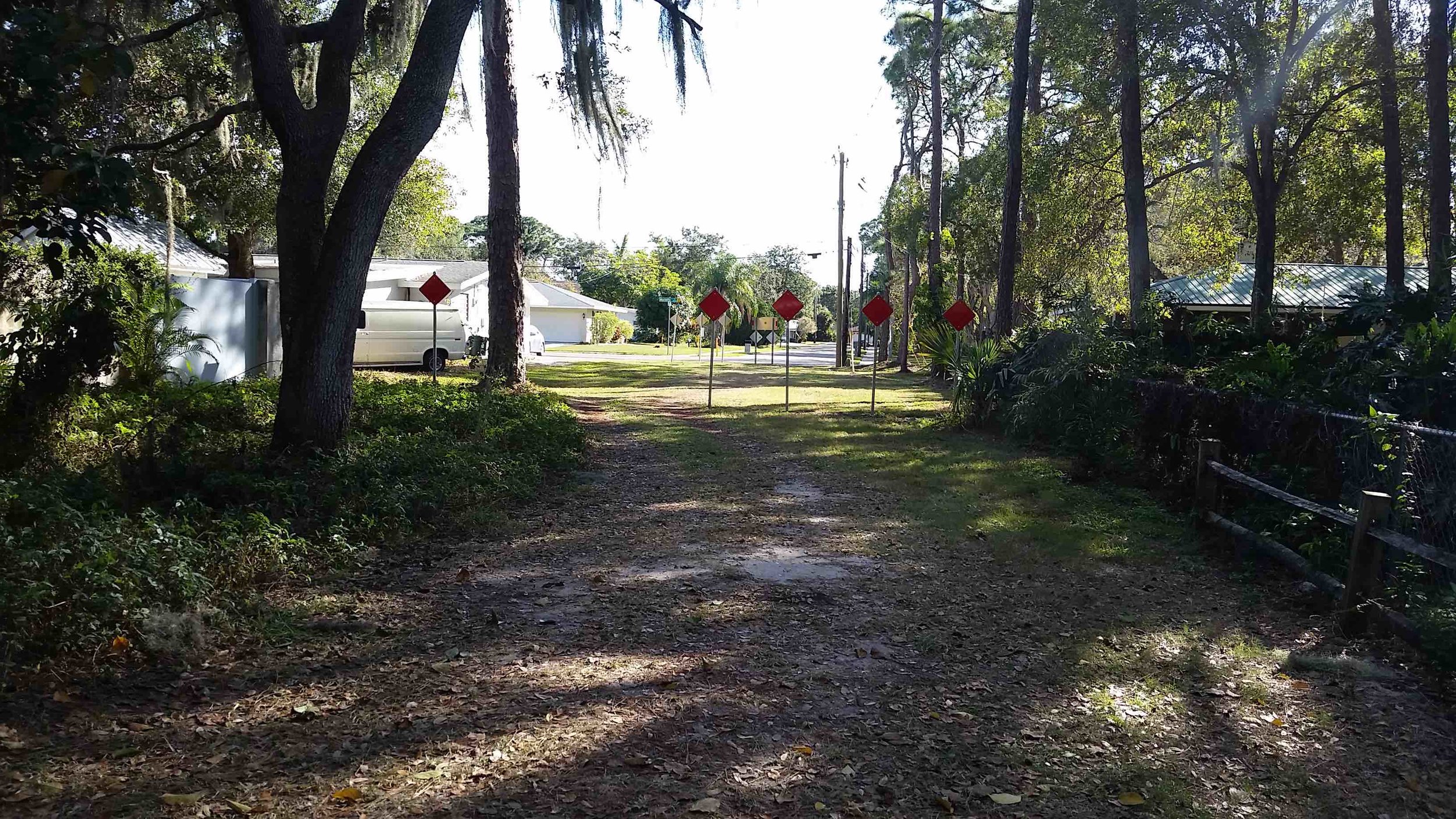Small Bets in Urban Transportation
Source: Wikimedia Commons
Suppose we did devolve a large share of infrastructure spending to cities, as has been discussed on this site in recent weeks. Suppose Congress were to pass a bill shrinking federal responsibility for transportation to a few basic functions such as maintaining the interstate highway system, and passing the rest of what's now the federal transportation budget on to cities and states in the form of block grants.
Cities would still face the same problems they do now: traffic congestion, poor alternatives to driving, streets that are unsafe, streets whose design stifles vibrancy and productive activity. Given a big pot of money with few strings attached, what could they do differently?
A big piece of the puzzle is not the level of government making the investment, it's the scale of the investment. A lot of urban transportation problems are better solved through a multitude of small interventions than a big, disruptive project.
This story, or a variation on it, should be familiar in many cities around the country: There is a significant traffic congestion problem in a particular part of town, perhaps caused by some sort of bottleneck. Yet transformative fixes are elusive. The area is built out, so the roads literally can't be widened without exercising eminent domain and destroying buildings (and we know that road widening doesn't decrease congestion anyway). Buses aren't a solution because they sit in the same traffic as cars, and a dedicated bus lane is a political non-starter: again, the road can't be widened. Residents have begun to rate "traffic" high on their list of quality-of-life concerns. Mixed-use development might make the area more walkable and amenities more accessible to residents, reducing their dependence on driving. However, new development of any significant scale tends to be vociferously opposed by neighborhood organizations, almost always citing the same concern: traffic.
I-5 construction in Seattle, 1963. Source: Wikimedia Commons.
The 1950s and 1960s solution to this set of problems was radically destructive: condemn and demolish hundreds of buildings, and build a high-volume expressway. We now know that these projects only temporarily relieved congestion (in the long run, new road capacity tends to just induce more driving), but they permanently destroyed neighborhood vitality and displaced whole communities, and created ugly scars and effective "moats" through the middle of our cities. We rarely do that anymore. But we have struggled for decades to figure out what to do instead. I would argue that struggle has a lot to do with the way top-down financing and structural incentives in government privilege the idea of funding a few big, transformative projects over many small bets.
This is a structural feature of top-down funding streams because federal bureaucracies are incapable of identifying the "small bet" projects, let alone implementing them. They don't have the intimate, block-by-block, neighborhood-by-neighborhood knowledge of individual cities. Want to widen a suburban freeway or build a new billion-dollar light rail line? There's a DOT grant program for that. Want to do 500 modest projects, like neighborhood street repair, adding a sidewalk, striping a bike lane? You're probably on your own.
Another part of the problem doesn't have to do with the funding source so much as the way we evaluate the return on investment of infrastructure projects. The engineering profession has a strong bias toward things that are measurable, things for which there are simple metrics. Elected officials want assurances that a project will pay off before funding it. It doesn't always matter if these assurances are based on tremendously flawed assumptions.
“The logic of small bets is different: it’s more like that of investing in the stock market.”
The logic of small bets is different: it's more like that of investing in the stock market. You don't demand exhaustive documentation of the prospects of each stock you buy, with assurances that it will perform well. You buy a diversified portfolio of many stocks, with the understanding that some will fail, while some will vastly exceed expectations, but in aggregate they will make you money. We treat this as common sense in investing, but we struggle with it when our governments invest in infrastructure: for some reason we think the same logic doesn't apply.
It does, and in some contexts even better than in the stock market, because small infrastructure projects often benefit from network effects. Think of a network of protected bike lanes. The first one you install doesn't do much to promote a culture of cycling in your city, drastically improve cyclist safety, or convince large numbers of drivers to start cycling. But each subsequent lane you build benefits from the existence of the ones you've already built, and so the ROI of each similar project is higher than that of the one before it.
Sure, there's an endpoint to this: when you have a functional, comprehensive network of bike lanes, the returns to adding more start to diminish. But here's the thing: no American city is anywhere near that point of diminishing returns with pedestrian and bike infrastructure, or incremental improvements to its bus system, or any number of other small interventions. We have long since passed the point of diminishing returns, on the other hand, with our arterial road networks.
Here are some "small bet" projects that don't have a large, demonstrable return on investment if you do one of them, but might make a serious dent in urban transportation problems if you could do dozens of them across a city or metro area:
1. Pedestrian and Bike Connections
If, like most Americans, you live in a suburban area, your town probably has a somewhat to extremely disconnected street grid. In the typical suburban land-use pattern, there may be few if any connections between adjacent subdivisions, and the only routes between many locations may be extremely indirect and circuitous.
Adjacent backyards, 7 mile driving distance. Source: Streetsblog.org
This may be only a minor inconvenience for motorists, but it's a death knell for active modes of transportation. But what if, with a strikingly small amount of new construction, we could dramatically improve walking and cycling connectivity, and provide safe, direct routes from A to B that avoid busy arterial roads? This is the situation most suburbs find themselves in. All it would take is some paths that look like these:
Barriers such as drainage ditches (common in Florida, where these photos were taken), can be bridged for walkers and cyclists at a fraction of the cost of an automobile bridge:
Depending on where your city is, you might not have drainage ditches dividing your community, but you might have railroad tracks or other types of barriers. Again, a simple, functional crossing is not expensive to create—but these types of projects get overlooked by many cities' transportation authorities precisely because of their modest nature.
Here are some "desire paths," also called "goat trails" : places crying out for this sort of treatment, because evidently, people are already cutting through on foot. All three of these are near high schools, providing the obvious reason for pedestrian traffic. Does your city have any?



These paths are unobtrusive. They don't cost much. They're not disruptive to a neighborhood and thus likely to stir up major opposition, in the way that new driving routes are. And this kind of selective grid ends up actually prioritizing active transportation—creating more direct routes for those modes than exist for cars—without making things any worse for drivers, which projects that take away road space for bike lanes or wider sidewalks often get accused of.
2. Roundabouts
Often, the perception of traffic congestion is exacerbated by the stop-and-go nature of driving on urban streets. Roundabouts, long commonplace in Europe, are increasing in popularity throughout the United States because they eliminate the need to stop for nonexistent cross traffic. The experience of driving at a steady 15-20 miles per hour is one that many drivers find preferable to that of repeatedly accelerating to 30, coming to a stop at a stop sign or light, accelerating again to 30... lather, rinse, repeat.
Roundabouts are often over-engineered to accommodate high vehicle speeds and forgiving turning radii, but they don't have to be. They can be done on the cheap on low-volume streets.
Even cheaper:
(Source: Wikimedia Commons)
3. Grid Repair
This is a tougher one politically and logistically, but in some places, there are opportunities, with only a relatively small amount of pavement, to reconnect the grid for motorists as well, creating more routes from A to B, dispersing traffic, and alleviating bottlenecks.
These opportunities are often connected to large-scale redevelopment projects. The upcoming redevelopment of a shuttered Ford Motor Co. plant in St. Paul, Minnesota, for example, is slated to restore a fine-grained street grid to an area that has long been impassable to cars.
Source: City of St. Paul
However, they need not be. Formerly industrial or warehouse districts might be strong candidates for this kind of project, even in the absence of a massive redevelopment project under the auspices of a single developer. A quick Google search reveals the internet is rife with proposals of this nature, from hobbyist bloggers to advocacy groups and city officials, but cities rarely seem to implement them unless, as in the Ford case, a developer is footing the bill. A "big pot of money" under local control might facilitate such projects as a way of setting the stage for incremental, piecemeal redevelopment.
Here's one example of a city-led grid restoration project from New Haven, Connecticut.
4. Protected Bike Lanes
These can be a major ordeal for cities. But they can also be done on the cheap, or as temporary installations which can be made permanent in the future if successful. Bollards are inexpensive.
Source: Chicago Bicycle Program via Flickr. Creative Commons License.
Source: LADOT Bike Blog via Flickr. Creative Commons License.
If a project fails, or proves unpopular, you haven't lost a whole lot because you haven't invested a whole lot, and you've learned a lesson about what works. If it succeeds, great! On to the next one.
5. Incremental Bus Service Improvements
The transit upgrades that get funding under our top-down big-pot-of-money system tends to be massive new projects like an entire rail or BRT line. Too often, while these projects are happening, the little details that make transit work better for its users languish unattended-to in bureaucratic limbo, because there is no dedicated funding stream. What if transit agencies had a reliable fund, from federal pass-through dollars, to address micro level deficiencies like a convoluted route that wastes minutes, or poorly-timed transfers between two popular routes?
These kinds of projects are the opposite of the phrase "death by a thousand cuts." They are success by a thousand small victories. Yet our cities too often lack political and funding mechanisms that enable "small bets"—infrastructure projects of modest cost, modest and probably unquantifiable benefit when taken in isolation, but potentially transformative benefit if we did enough of them. This is one of the key challenges that could be addressed by decentralizing the way we fund and implement infrastructure improvements.













Daniel Herriges has been a regular contributor to Strong Towns since 2015 and is a founding member of the Strong Towns movement. He is the co-author of Escaping the Housing Trap: The Strong Towns Response to the Housing Crisis, with Charles Marohn. Daniel now works as the Policy Director at the Parking Reform Network, an organization which seeks to accelerate the reform of harmful parking policies by educating the public about these policies and serving as a connecting hub for advocates and policy makers. Daniel’s work reflects a lifelong fascination with cities and how they work. When he’s not perusing maps (for work or pleasure), he can be found exploring out-of-the-way neighborhoods on foot or bicycle. Daniel has lived in Northern California and Southwest Florida, and he now resides back in his hometown of St. Paul, Minnesota, along with his wife and two children. Daniel has a Masters in Urban and Regional Planning from the University of Minnesota.